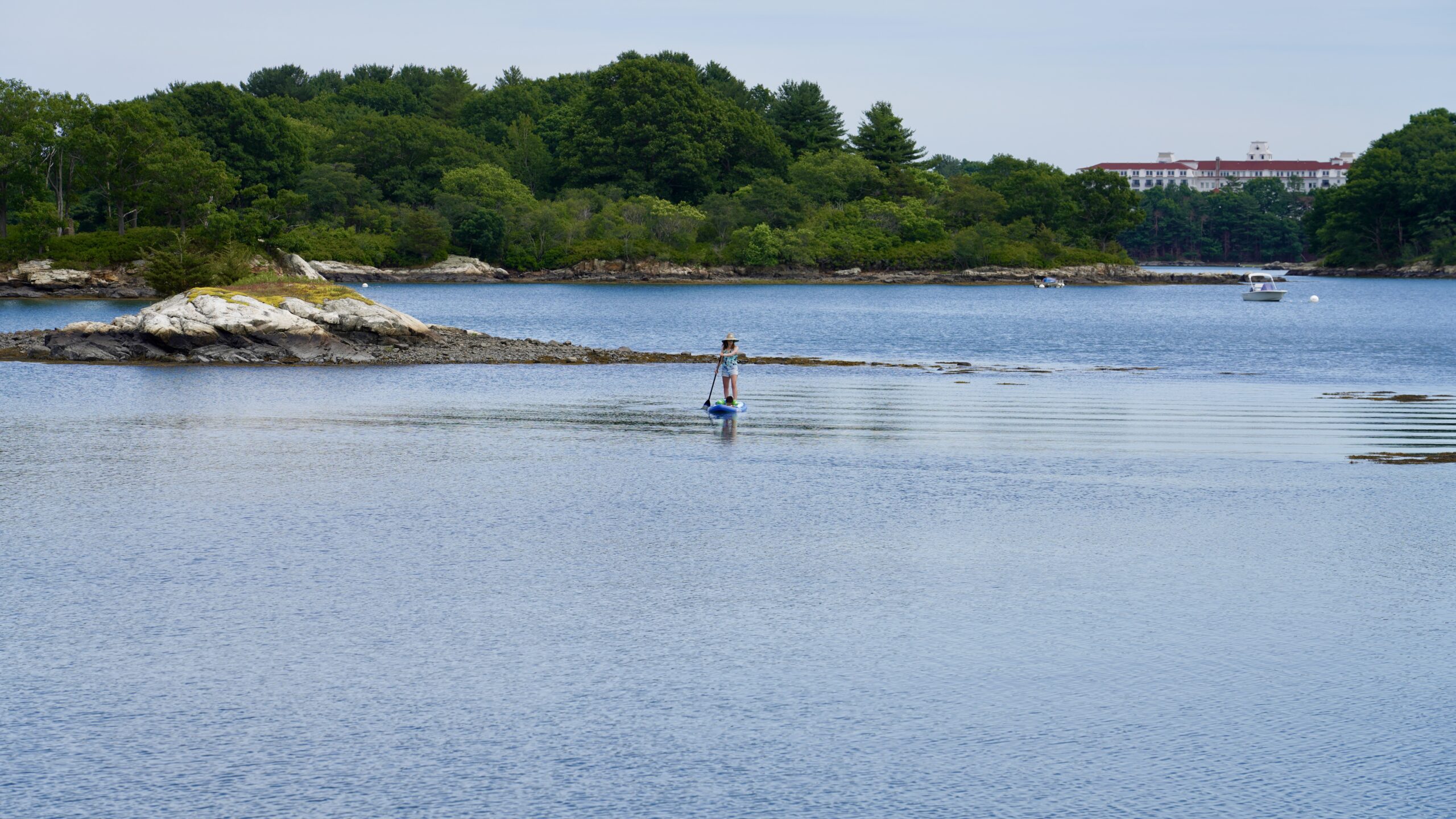As you may have heard earlier this year, a generous donor has invested $12 million dollars over the next five years into the Great Bay Estuary and surrounding watershed. This money will be used to promote efforts working towards clean water, accessible lands, habitat for fish and wildlife, climate resilience, and engaged communities; all of which are priority focal areas of the Great Bay 2030 initiative. Workgroups for each of these five focal areas have been working to develop project to submit for Year 1 funding. Below are the most recent updates from the ‘Meeting of the Minds’ on November 9th where each group proposed a few of their ideas!
Foster a Culture of Stewardship
With such a dynamic and passionate region, it’s no surprise that this workgroup was bursting with ideas. While these projects are still in the conceptual phase yet, there is great opportunity for collaboration and exploration. Some of the proposed projects include: increased signage around waterways and water crossings to increase awareness of the waterbodies in our watershed, an online public space for interaction and collaboration, a curriculum focusing on the Great Bay that can be adapted by educators, and a training program for local change-makers.
Restore Critical Habitats
While there are many critical habitats to protect and restore, this workgroup homed in on the following: salt marshes, oysters, eelgrass, and fish/riverine environments. Project proposals ranged between studying the effects of interventions in salt marsh habitats, removing key dams to allow for fish to migrate naturally up river, and mapping and characterizing the proximity of oyster reefs and eelgrass beds.
Enhance Water Quality and Quantity
To reduce the amount of nitrogen and other unwanted nutrients entering our waterways, the water quality workgroup has proposed two projects. The first is a regional street sweeping concept where communities in the region would collaboratively operate and share a street sweeping vehicle with vacuum capabilities. This project would reduce the amount of debris and nutrients that enter our water ways through storm drains. The second proposal, retrofitting a select number of septic systems in designated communities, would be a pilot project focused on reducing the amount of nitrogen discharged from these systems and better understanding the social acceptance of installing and maintaining these retrofit technologies.
Adapt to Climate Change
The New Hampshire Coastal Adaptation Workgroup (CAW) – one of the two preexisting collaborations to act as a Great Bay 2030 workgroup – proposed the creation of a new joint position between PREP and CAW. This Great Bay Climate Resilience Coordinator would spearhead the Adapt to Climate Change initiatives. One of those initiatives is the development of the technical assistance program to aid communities in being prepared for extreme weather events and long-term climate change. This represents an opportunity to bring resources and technical assistance to support communities in the Great Bay watershed as they prepare for and adapt to changing climate.
Protect Priority Lands
The Great Bay Resource Protection Partnership – the second preexisting workgroup being supported by Great Bay 2030 – presented on three potential projects. The first was continuing the existing Land Protection Transaction grant program, which helps fund the permanent protection of high value natural resources, wildlife habitat, drinking water, and agricultural resources. Second was the creation of a new land stewardship grant program, which would involve an evaluation of stewardship needs and support landscape management priorities. And the last was establishing a new regional Coastal Watershed Land Conservation Manager position who would identify priority conservation projects in the watershed and start relevant conversations.

